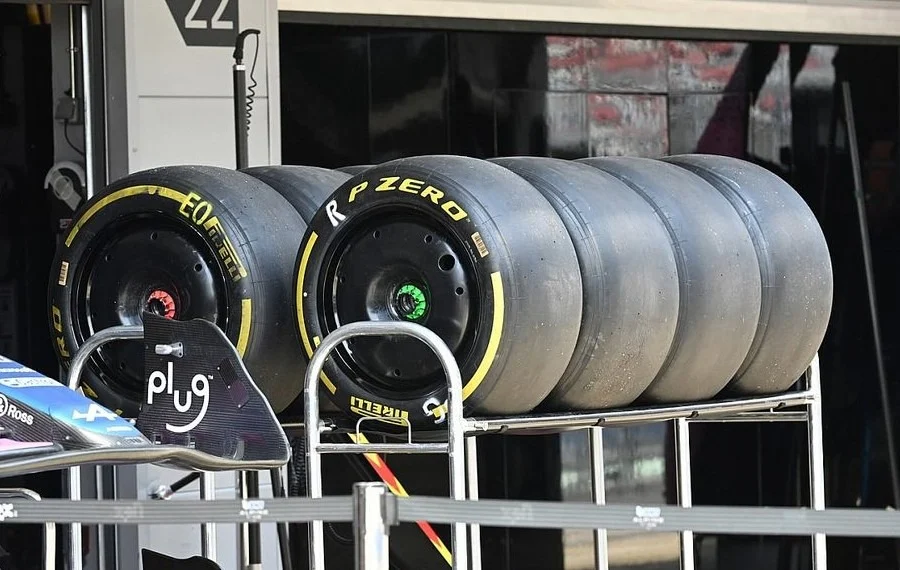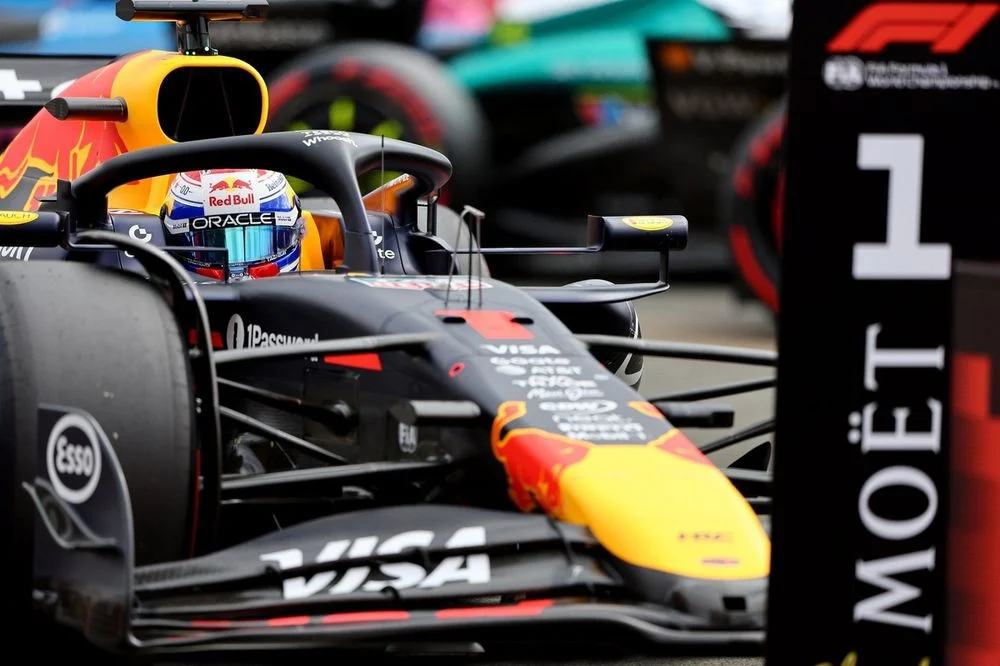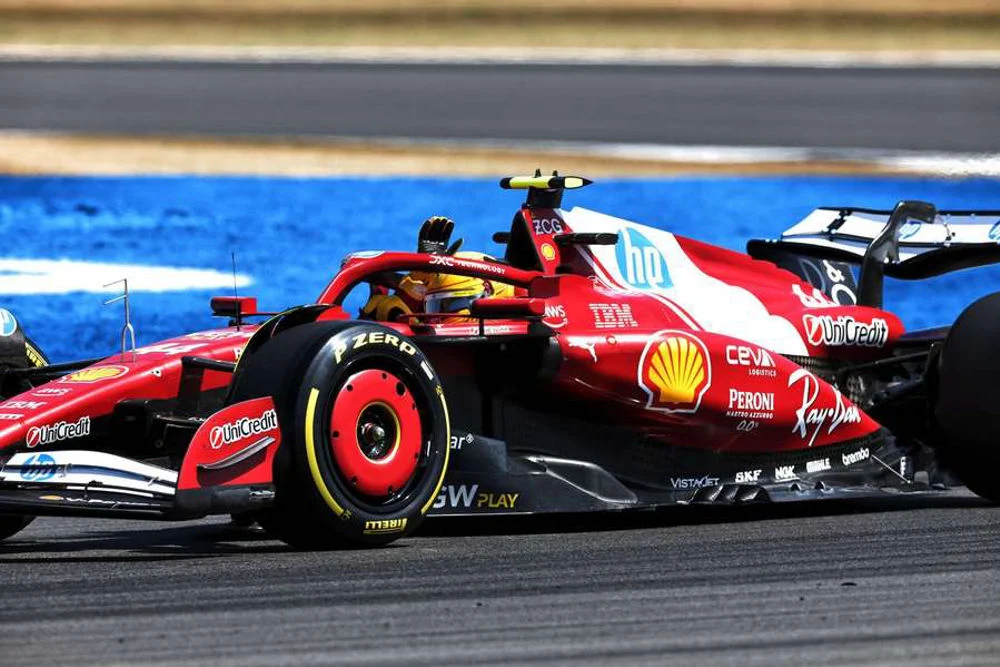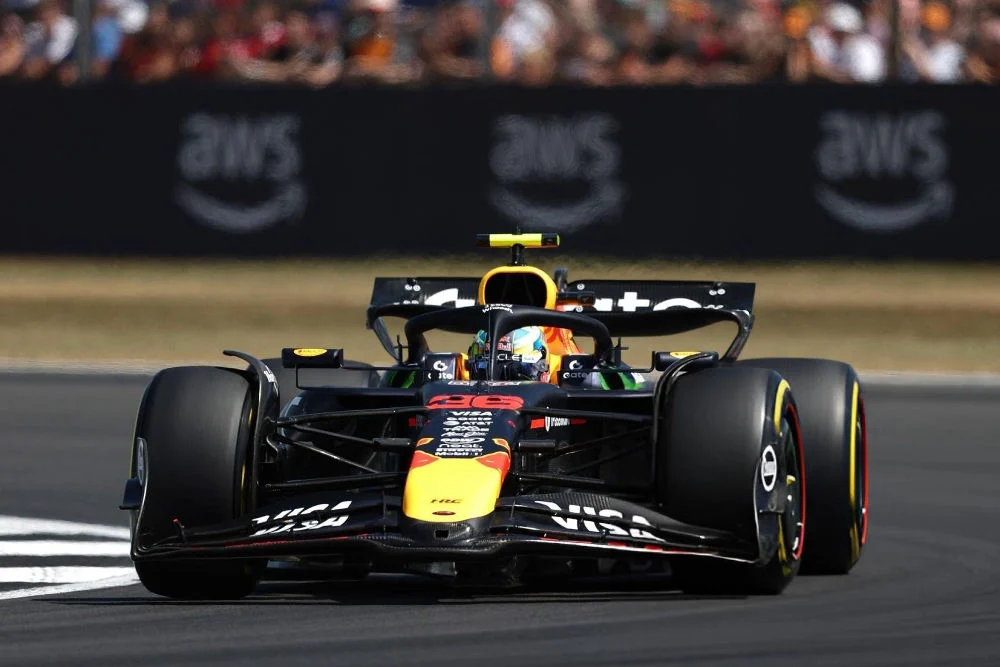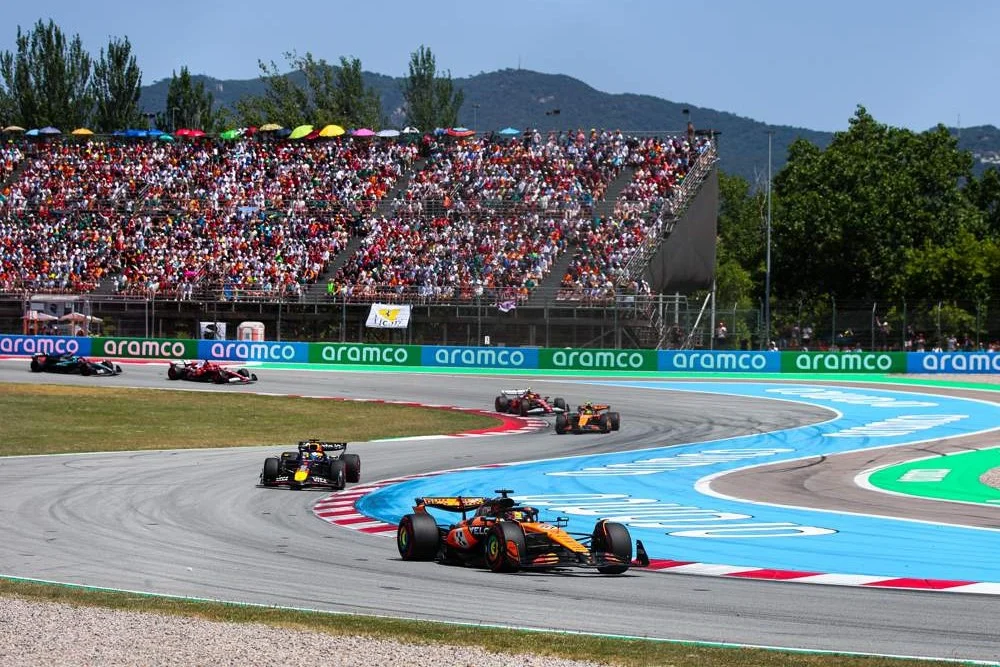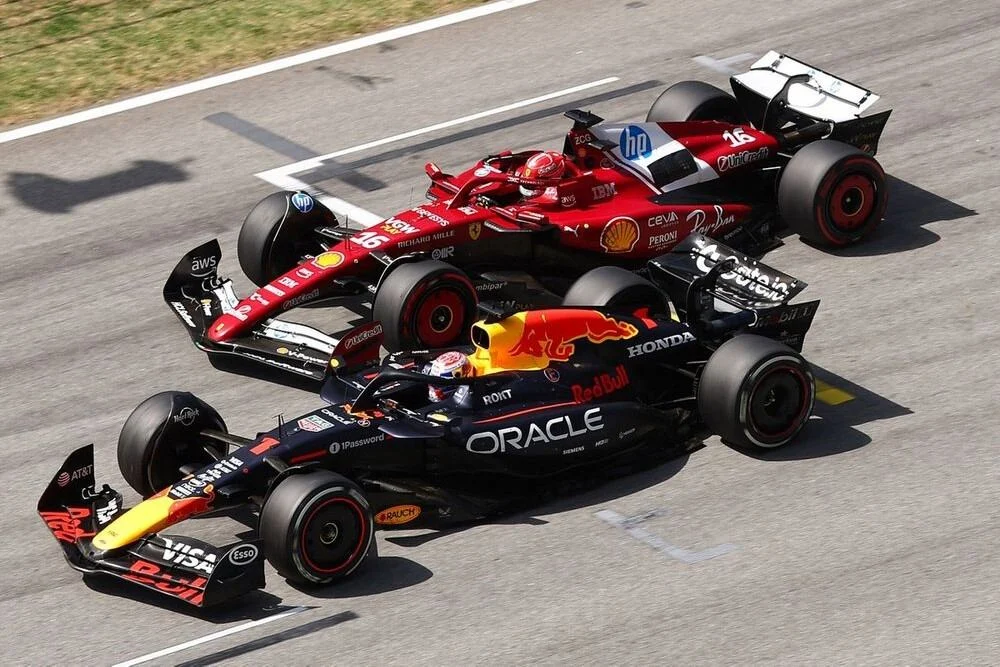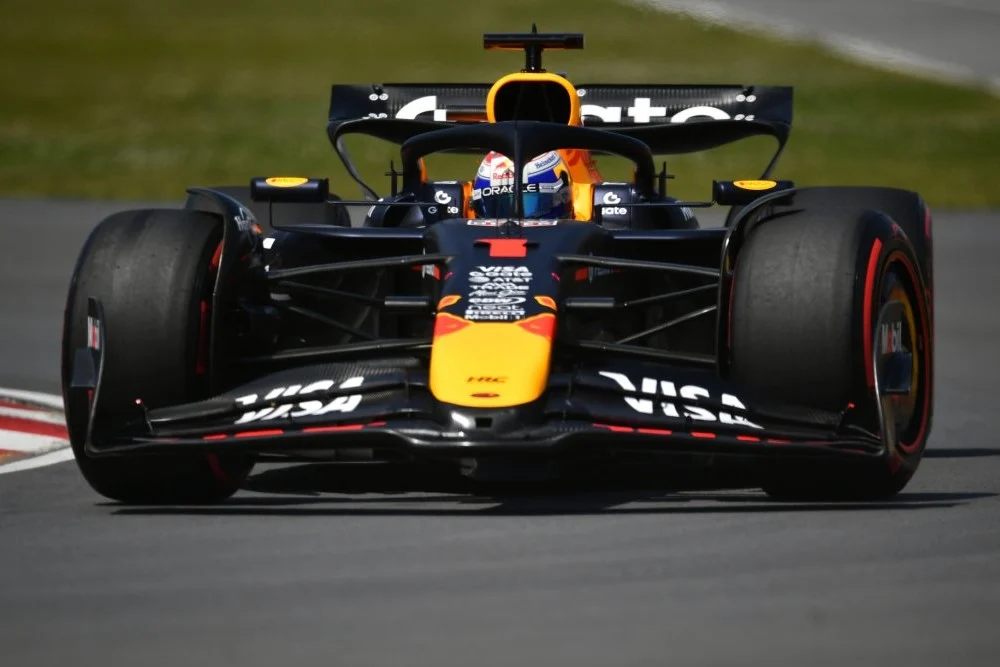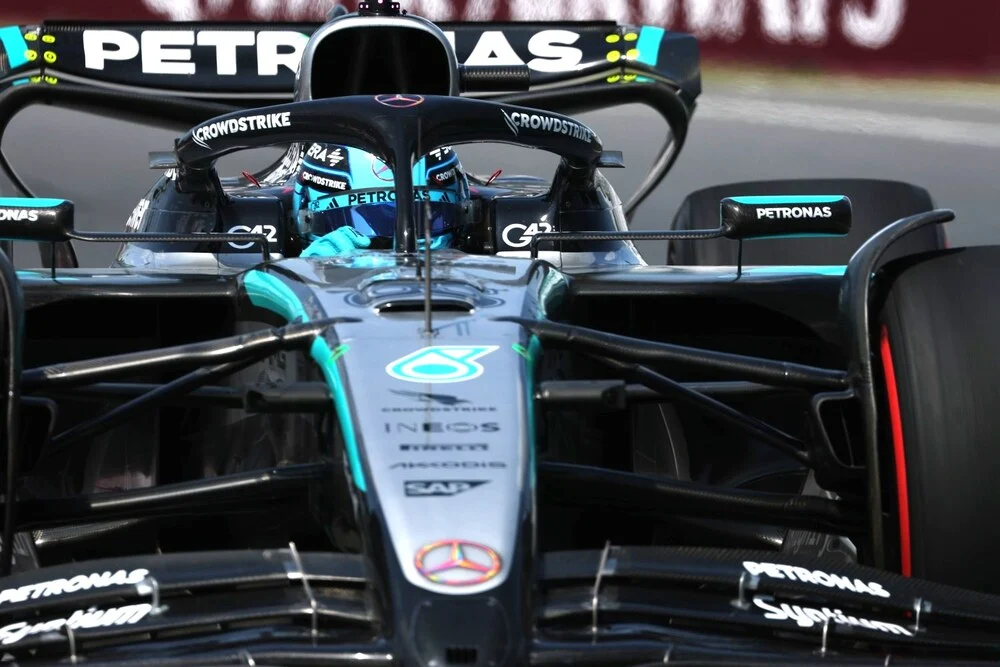Pirelli has revealed the F1 tyre compounds that it will use in the first three rounds of the 2024 Formula 1 season, with the Australian Grand Prix receiving the softest allocation.
The 2023 Formula 1 season recently came to an end but plans are already in motion for the next one. Pirelli has now announced the compound allocation for the first three races in Bahrain, Saudi Arabia, and Australia for the upcoming season.
The Italian manufacturer which extended its agreement to serve as Formula One’s official tyre supplier up to 2027 recently announced that it will continue to use the same tyre designs for the upcoming season.
After the season-ending Abu Dhabi Grand Prix, Formula 1 teams remained at the Yas Marina Circuit to conduct a tyre test as well as the rookie test.
The exclusive F1 tyre supplier was granted the opportunity to conduct a final analysis of their 2024 compounds that have been homologated for the upcoming season.
This comes after Pirelli abandoned plans to introduce any changes, but the company had permitted teams to test a modified C2 compound in Japan and then an updated C4 tyre in Mexico.
To combat the cars’ ever-increasing downforce, Pirelli did, however, modify the specifications of the current tyres at the British Grand Prix halfway through 2023.
Pirelli had unveiled a new compound for 2023, the C0, which was the hardest compound the previous year. A new specification, the C1, was introduced, and it fell between the C0 and the C2.
However, Pirelli chose softer compounds for the majority of the races in 2023, therefore the C0 was never used. There are now just five compounds available for the 2024 F1 calendar after Pirelli confirmed that the C0 has been dropped.
There’s a fresh pick for the Australian Grand Prix, slated for March 22–24, which is in contrast to the initial choices made for the event last year. The three softest tyres in the lineup—C3 as Hard, C4 as Medium and C5 as Soft—will now be used at Albert Park.
The same tyre compounds from last year will be used for the two Middle East races. F1 will use the C1, C2, and C3 tyres because Sakhir, which runs from February 29 to March 2, is one of the most challenging races with a lot of tyre wear. The tyres in Jeddah will be gradually softer: C2 will be the Hard compound, C3 will be the Medium and C4 will be the Soft.
Already looking ahead to #F1 2024 👀
— Pirelli Motorsport (@pirellisport) December 1, 2023
Compound selections for the first three races of next year have been revealed!
More info 👉 https://t.co/A3QEkKVZf5 #Fit4F1 pic.twitter.com/J4rMzLEd30
The drivers will have the opportunity to test all five compounds before the season begins in Manama at the official testing, which is scheduled to take place in Sakhir from February 21–23.
Red Bull’s claim that there is still more performance to be unlocked in the current rules cycle does not concern Pirelli, given that the regulations will remain unchanged for the upcoming season.
“If I look at the simulations we received in June, with the current construction we can cope with this level of load,” Pirelli’s Head of Car Racing and F1 Mario Isola said. “But this year, for example, they have been able to achieve a higher level of performance or downforce compared to simulations earlier in the year.
“We are going to receive new simulations at the beginning of December, and obviously, we will analyse them because they are probably more accurate compared to what we had in June.”
The F1 Commission announced over the course of the Abu Dhabi Grand Prix weekend that the number of tyres that will be available to each team will remain the same(13).
Additionally, the meeting decided that in 2024, the Alternative Tyre Allocation (ATA) format—which was tested over two weekends during the previous season—will not be applied once more.
Additionally, the 2024 F1 tires will bear the Forest Stewardship Council (FSC) logo, which will be the first time a competition tyre line has been certified by the organization.
This certification guarantees complete accountability throughout the supply chain and ensures that the plantations that supply the tyre components are managed in a way that conserves biodiversity, benefits the workers and local communities, and improves economic sustainability.

